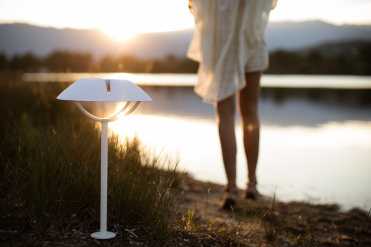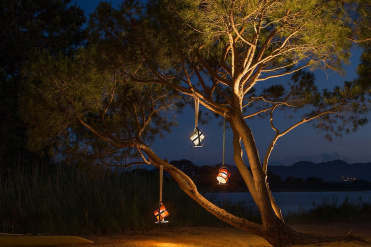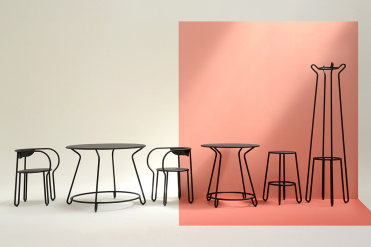If you’re concerned that your solar lights just won’t cut the mustard, think again. The experts at Maiori highlight some common misconceptions about solar lighting and explain why they are such a practical, beautiful and versatile way to light your outdoor (and indoor) space.
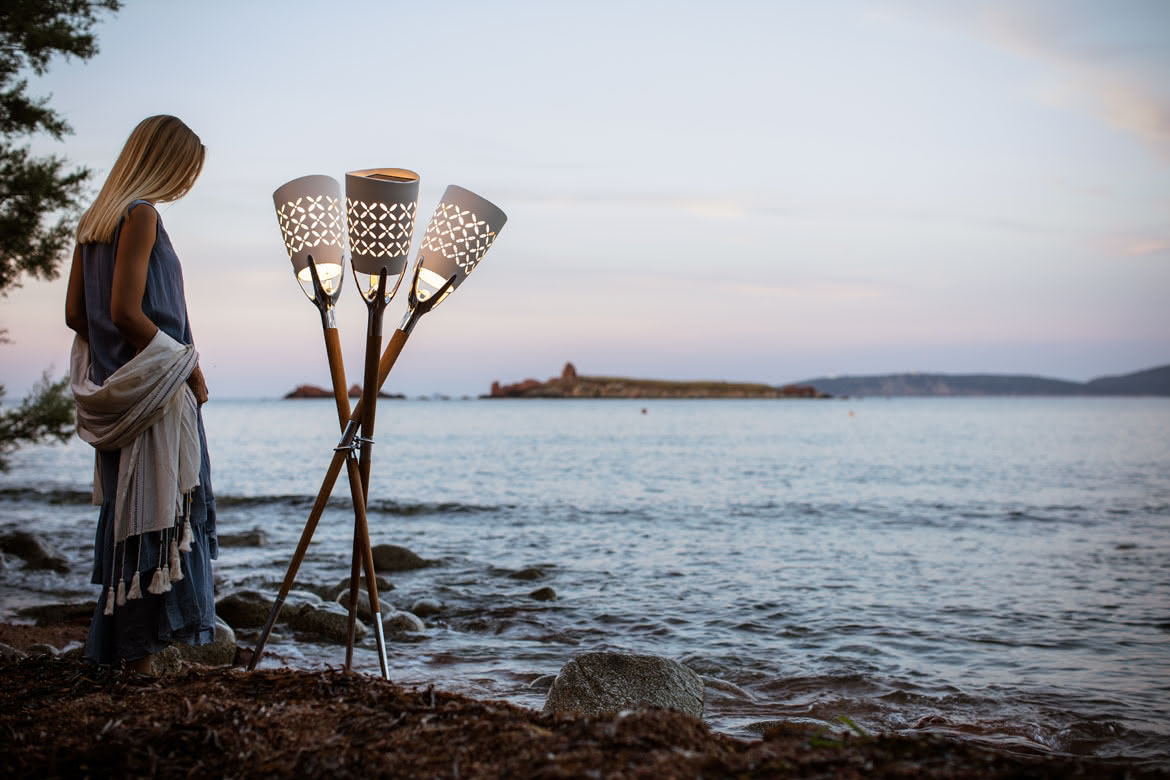
1. You Need a Lot of Sun for Them to Work
If you don’t live in a sunny climate, you might think your solar lights aren’t going to charge. It is true that direct sunlight needs to hit the charging panel, but according to Javier Serrano, Maiori’s lighting expert, that doesn’t mean your lights won’t charge on a cloudy day. “They’ll simply charge slowly,” he says, “but they’ll still charge and work.”
Solar lights work by gathering sunlight onto a panel, which is then turned into energy and stored in the battery. As long as there has been some sun on previous days, there should be enough stored to last in less optimal conditions. Cloud, of course, diffuses the sun’s rays, so the key is to position your lights where they’re most likely to collect enough sunlight on their solar panels.
Evening wake up. Wondering how your solar lights know when to turn on? It’s to do with a piece of technology called a “photo resistor”. This sensor controls the circuit inside your lights – as soon as it detects that no more sunlight is coming in, it triggers the battery to turn the lights on.
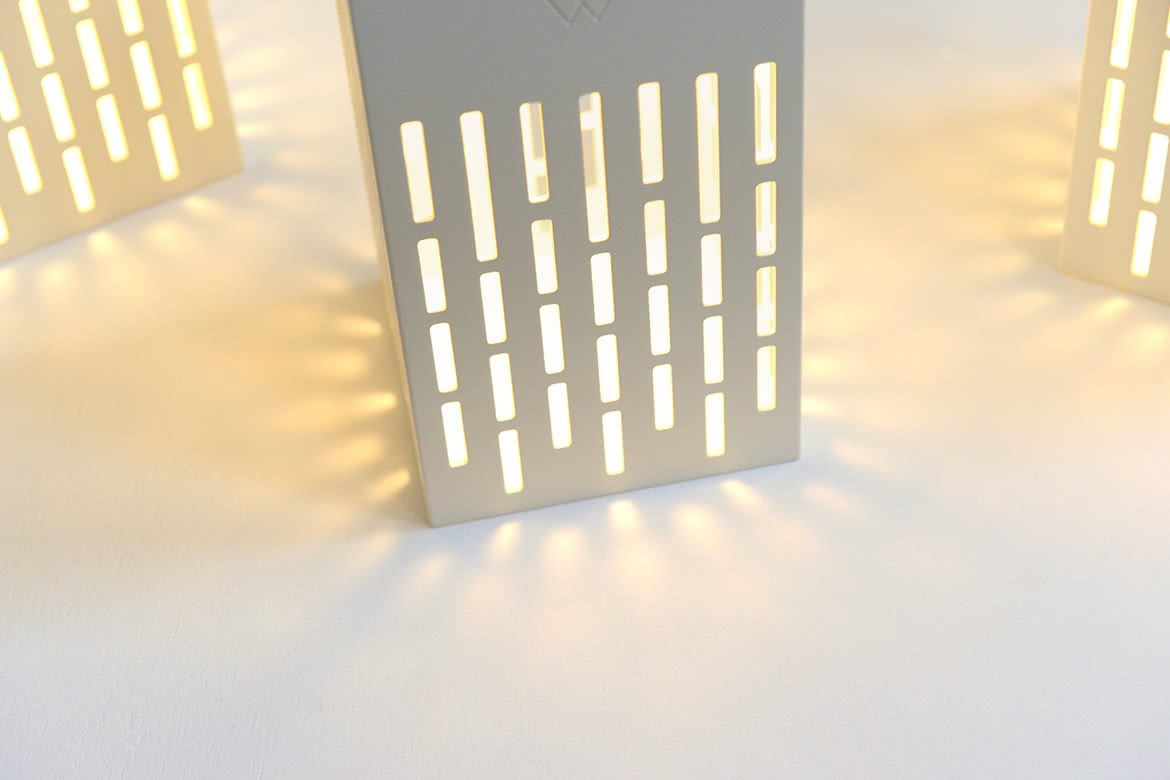
2. They’re Not as Bright as Other Lighting
Solar lighting has come a long way in recent years, and it’s no longer considered a side act to your mains-powered lights. The key is to look out for the lumen rating – this is the measurement of how much light is emitted from a bulb. If you’re looking for powerful lighting, choose a solar range with a high lumen of approximately 300, which is extremely bright and will easily provide enough illumination for your whole garden.
Plan your outside lighting in layers, as you would indoors by combining a bright 300 lumen model with a few softer lamps dotted around for ambience.
Style safe. For a safe alternative to candle, go for some lantern-style solar lamps. Line them up along an outdoor pathway or staircase, as they’ve done here, to provide a magical glow to guide you through your garden at night.
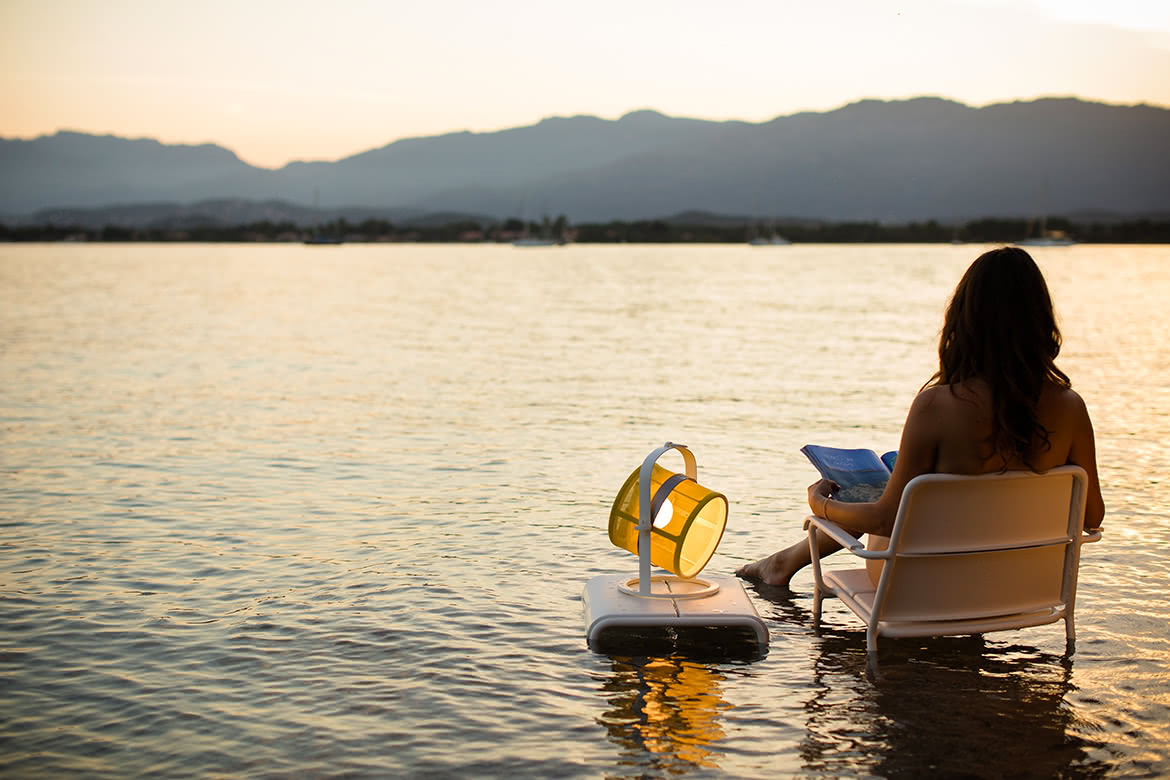
3. The Batteries Always Die...
It’s possible to buy solar lights that store energy in their batteries for quite a long time. Serrano says, “The biggest improvement we’ve seen for solar lamps is in the battery industry”. New design technology allows solar lighting to benefit from a seven-hour battery life, so your garden will easily stay lit all evening. And as the light sensors don’t allow them to come on until it’s dark, there’s no chance of there being any energy wasted beforehand.
As long as the solar panels are soaking up the sunshine during the day, there should be no need for you to think about recharging the battery. All of which makes it possible to dot your lights in hard to reach areas such as along a garden or wall, or hanging from tree branches.
Test the elements. There’s no need to bring your solar lamps inside when it rains. “We use materials suitable for outdoor use and our lamps can stay out in rain or snow,” says Serrano. The lights are protected with the same aluminium used in the field of aerospace to guard against corrosion. Even the fabrics are suitable for outdoor use, as Serrano explains, “We use Batyline fabric from Serge Ferrari, which is currently the landmark sustainable fabric for outdoor use.”
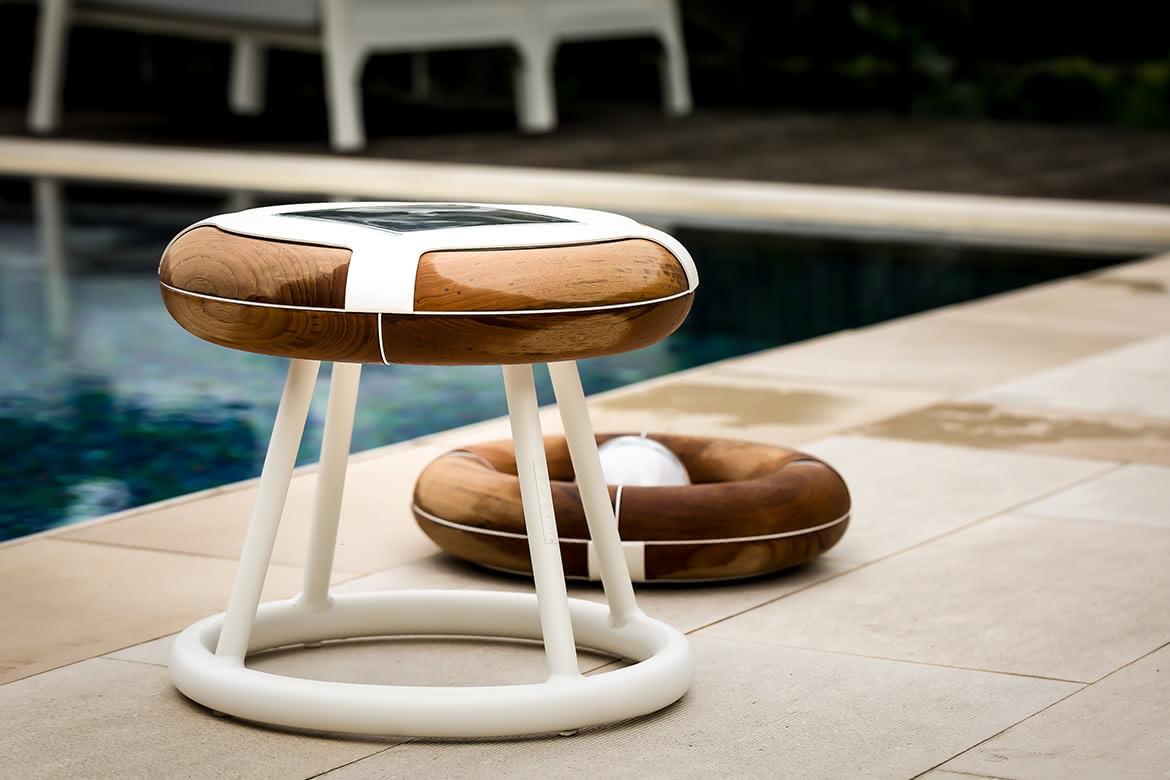
4. They Don’t Look Great
As well as providing practical illumination for your outdoor space, solar lamps can look amazing too. There are so many beautifully designed models around that it’s possible to show them off as a feature in your garden or integrate them into your outdoor design scheme. Choose wisely and you’ll be able to use your solar lamps to add colour, show off focal points and help turn your garden into an outdoor room.
Mutli-task your lights. The stunning Lampe Phare, pictured here, cleverly resembles a side table. Leave it uncovered during the day to collect the sun’s rays on its large solar panel, and pop your magazine or drink on top in the evening. “We cover our panels with a high abrasion-resistant film,” says Serrano, so it should withstand a drink or two placed carefully on the surface.

5. They’re Just for Outdoors
Ever thought about bringing your solar lighting indoors? Well, it’s definitely possible and in fact solar lighting can work brilliantly inside the home. Choose lamps with detachable solar modules, which you can place on the terrace or window sill to charge for the evening.
Go for versatility. The beauty of having solar lamps in the home is that they’re portable. You can move them from room to room, which makes them a quick and easy way to brighten up a table when you’re entertaining.
This article was published in Houzz France Read it here


 en.
en.


